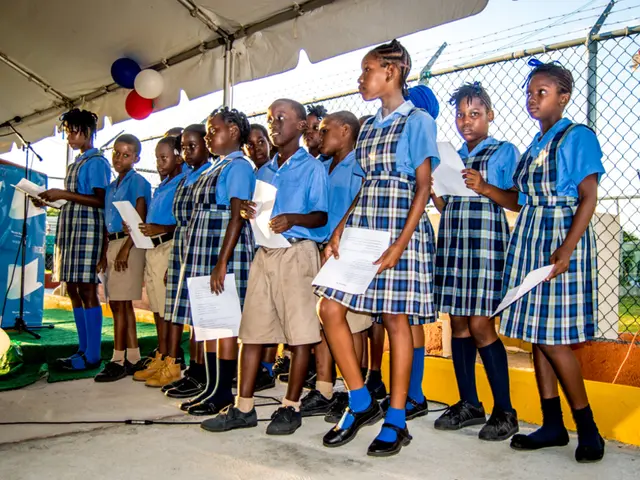1983 Social Security Changes Still Impacting CSRS Retirees
In 1983, the United States Congress enacted significant changes to Social Security laws, introducing the Windfall Elimination Provision (WEP) and the Government Pension Offset (GPO). These provisions affect federal retirees, particularly those under the Civil Service Retirement System (CSRS).
WEP was designed to remove an unintended advantage for workers receiving pensions from non-covered employment. It reduces earned Social Security benefits for such workers. Initially established in 1977, the GPO replaced an earlier dependency test for spousal benefits, initially providing a 100% offset of non-covered government pensions. In 1983, Congress softened the GPO's impact by introducing a two-thirds offset rule.
CSRS retirees are directly affected by both WEP and GPO, as their pensions originate from work not covered by Social Security. Social Security spousal and widows benefits are crucial for many federal retirees, especially those with lower CSRS retirement benefits. It took 41 years and 11 months of full-time federal employment to reach the maximum 80% retirement benefit under CSRS. As of FY 2022, more than half of federal retirees were CSRS retirees, with approximately half having fewer than 30 years of civilian federal employment at retirement.
The 1983 amendments to Social Security laws, introducing WEP and GPO, continue to impact federal retirees, especially those under CSRS. These provisions reduce or eliminate certain benefits, highlighting the importance of understanding and planning for these changes in retirement.
Read also:
- Catastrophe at a U.S. Steel facility in Pennsylvania results in the loss of two lives. crucial details unveiled
- Manipulating Sympathy: Exploiting Victimhood for Personal Gain
- Prices remain a concern for the Germans
- Auto Industry Updates: Geotab, C2A, Deloitte, NOVOSENSE, Soracom, and Panasonic in Focus




